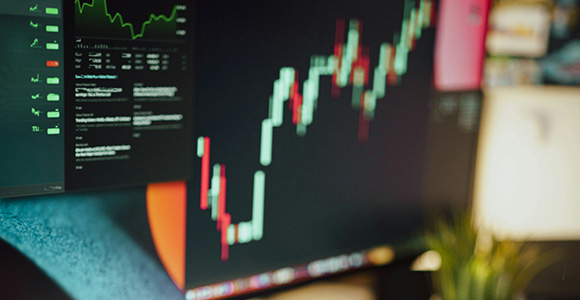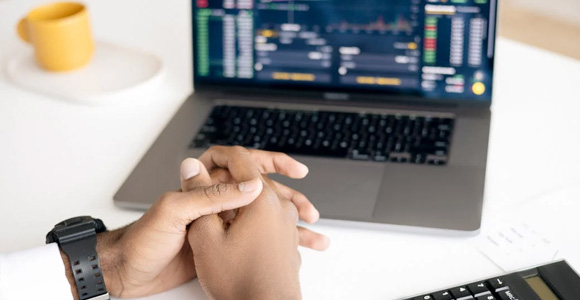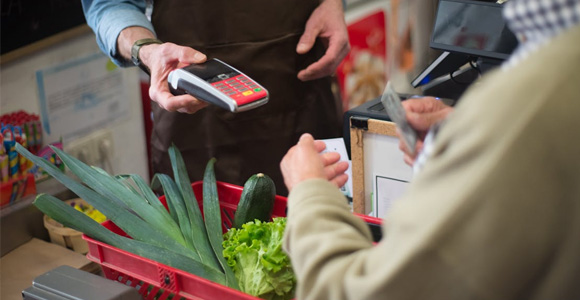New research indicates that high-income earners, particularly those in the top 10%, accounted for nearly 49.2% of all consumer spending in the second quarter of 2025, up from 48.5% in the first quarter, marking their highest share since 1989. Historically, spending by the top 10% accounts for 35-45% of all consumer spending, while middle- to lower-income spenders have maintained spending growth at a rate relatively matching 2-3% inflation.
Some have called this “a tale of two wallets.” As credit card default rates approach a 15-year high and delinquencies on car payments reach a 30-year high, consumers remain a strong catalyst for economic growth. Despite these pockets of stress, household balance sheets remain historically healthy, supported by steady employment and strong wealth effects. While the bottom two-thirds of income earners experienced a slight wage increase of 0.6%, the top one-third, on average, saw wage growth of 4%. Even modest income growth, when combined with elevated asset values and wealth accumulation, continues to sustain solid consumption trends.
Paired with record stock prices, roughly 90–93% of all individual equity ownership is held by those earning over $175,000 per year, with higher asset values and household net worth reaching record highs. Wealthy individuals appear to be driving consumer growth by an outsized margin.
Moody’s Analytics chief economist has said, “As long as they keep spending, the economy should avoid recession, but if they turn more cautious, for whatever reason, the economy has a big problem.” So far, high-income individuals have shown little sign of slowing their spending.
Confidence and the Labor Market
FOMC Chair Jerome Powell was quoted during his address on September 17th as saying there has been an “unusually large amounts of economic activity through the AI buildout.” And that there is a lot of anecdotal evidence to support “[Spending] may well be skewed toward higher-earning consumers.” He continued to highlight how our economy has entered a “low hiring, low firing” period.
At the “Invest in America” forum, the world’s largest retailers’ CEO, John Furner of Walmart, expressed his confidence in the consumer and noted a shift towards selective spending from low to middle-income consumers. Tariffs have had a slight impact on individual prices, depending on the goods.
Best Buy CEO, Corie Barry, says that the gap between high-income and middle to lower-income individuals’ spending “Keeps me up at night.” With that, retailers across the country continue to report high demand for luxury and convenience products, further supporting claims of a “two-tier” economy. The American economy is heavily reliant on consumer spending; in fact, consumer spending has accounted for 65-70% of GDP since 1970.
Data Delays
Due to the government shutdown, the Federal Reserve has not been given any hard data covering September’s consumer spending, which is a key part in structuring their monetary policies. This data enables them to adjust or alter their outlook and inform decisions on rate cuts, which can stimulate or tighten the wallets of everyone. Fortunately, private data sources show that a majority of consumers’ confidence is rising, and spending is continuing to rise.
Tariffs
The cost of tariffs does not appear to have been fully passed down to consumers yet, and with tariff guidelines constantly evolving, large retailers have so far shielded most consumers from direct price impacts. Chief US economist at Oxford University, Michael Pearce, estimates that consumers are currently bearing most of the additional tariff costs for sports and furniture goods. In contrast, firms, both foreign and domestic, bear most of the tariffs on autos and clothing. With that, BNP Paribas economists have calculated that just 17% of the costs associated with tariffs are being borne by the consumer, with some models estimating that, in the long term, firms will require consumers to bear more than 60% of the costs.
Looking Ahead
Despite evolving headwinds, consumers remain remarkably resilient, spending strategically, investing intelligently, and adapting to rapidly changing economic landscapes. Much of this strength has been supported by high-income individuals, whose spending and investment activity continue to reinforce growth. In the short term, this dynamic has helped drive the economic momentum we’re seeing today. While some economists warn that long-term imbalances could emerge, the overall picture remains one of confidence and adaptability among U.S. households.



